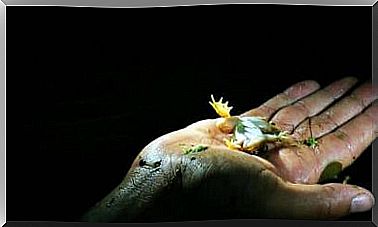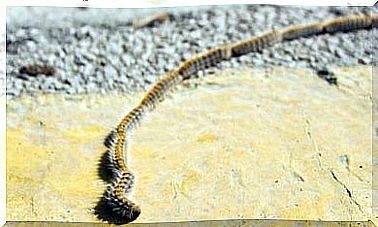Dirofilariasis In Dogs: Treatment And Prevention

Dirofilariasis, also known as heartworm disease, is a parasitic disease with a high incidence. It is easy to treat and prevent, but it can be very harmful to your dog. Figure out how to protect him.
Causes of Dirofilariasis in Dogs
Dirofilariasis is a parasitic disease caused by the heartworm Dirofilaria immitis. The adult parasite settles in the pulmonary artery and the right ventricle, while microfilariae are found in the peripheral blood vessels.
Tame and feral carnivores are attacked by these parasites. Dipetalonema dracunculoides is the most common dirofilariasis in dogs. It is usually transmitted by fleas or ticks.
The insect soaks up infected blood and passes on the microfilariae, which grow in the blood and settle in the pulmonary artery as adults, where they reproduce and release the microfilariae (their young form).

Dogs at risk from dirofilariasis
Animals between three and six years of age suffer from this disease in particular. Dogs younger than a year or older than 10 years are not affected by this parasite. It is a disease that is more common in short-haired males, so special care should be taken in this case.
Dirofilariasis often occurs in hunting dogs. As with Lyme disease, ticks are common carriers. You should therefore be particularly careful in forest areas where there are many mosquitoes and ticks in spring and summer.
Dirofilariasis: causes and diagnosis
Adult parasites cause endarteritis and reduce the diameter and elasticity of the vessels. This leads to high blood pressure and congestive right heart failure, which can lead to congestion and liver failure.

The diagnosis is made by the veterinarian, who will do various blood tests to check if the animal has the disease. A monthly check by the veterinarian is recommended in endangered areas.
How to Treat or Prevent Dirofilariasis in Dogs
Symptomatic treatment is required, which, in addition to a specific diet, consists of heparin, diuretics and other drugs; In addition, surgical intervention is required in critical cases.
Another form of prevention is to look out for ticks and remove them. Therefore, it is advisable to visit a reliable veterinarian after a sting, especially in the so-called endemic areas for dirofilariasis in dogs.
In general, getting your vet vaccinated and deworming regularly and following these tips is enough to keep your pet safe from heartworm disease.









